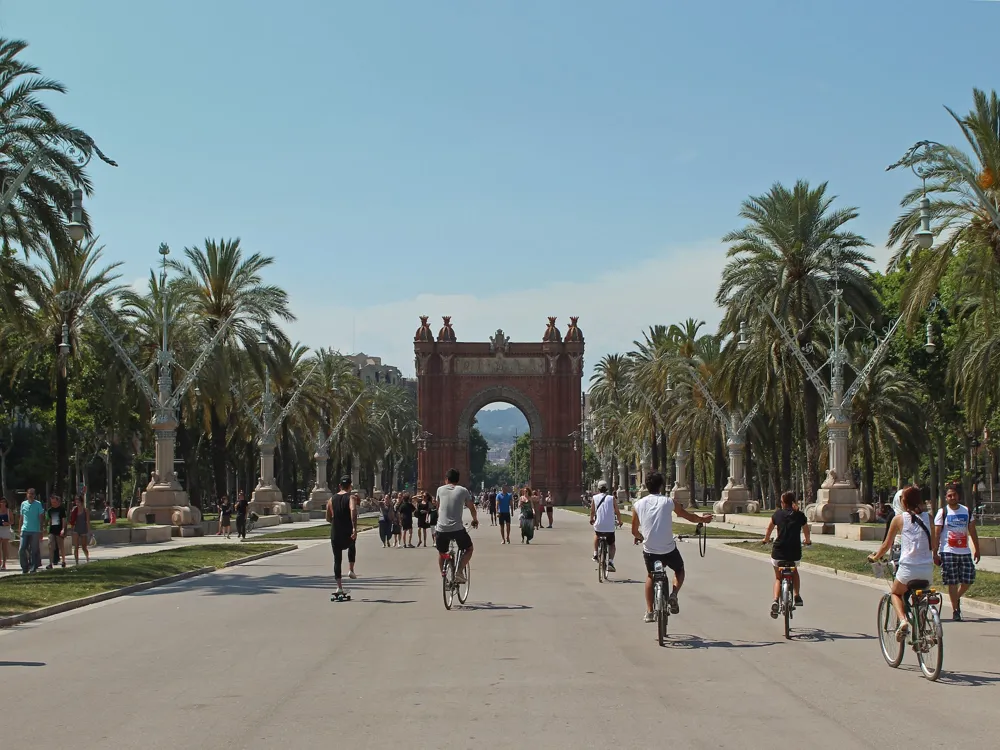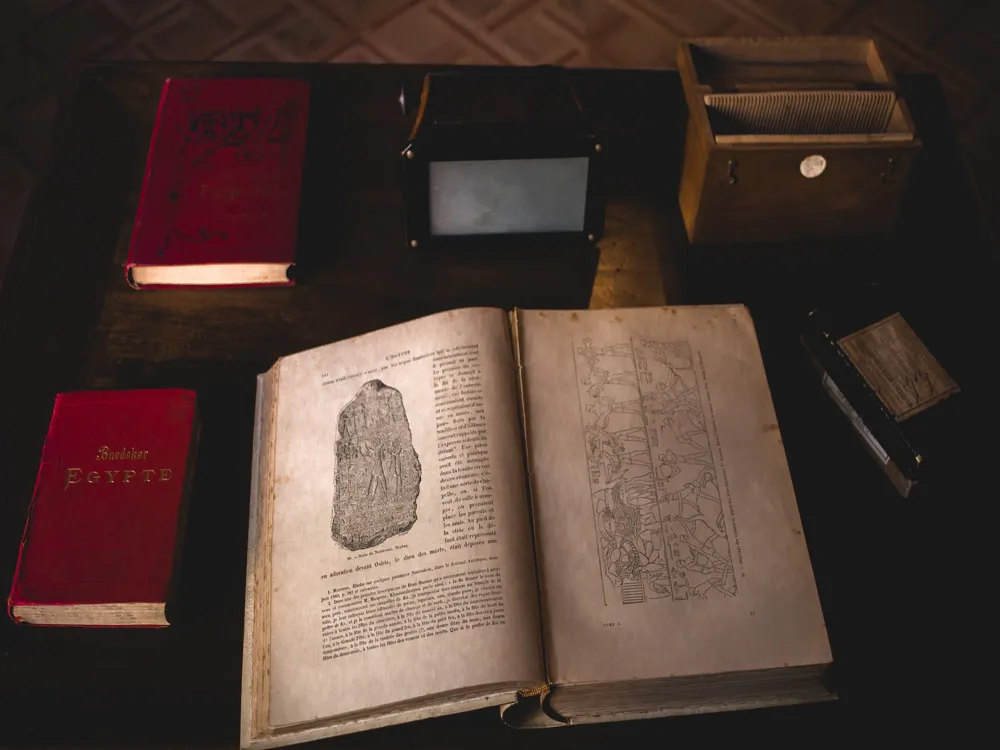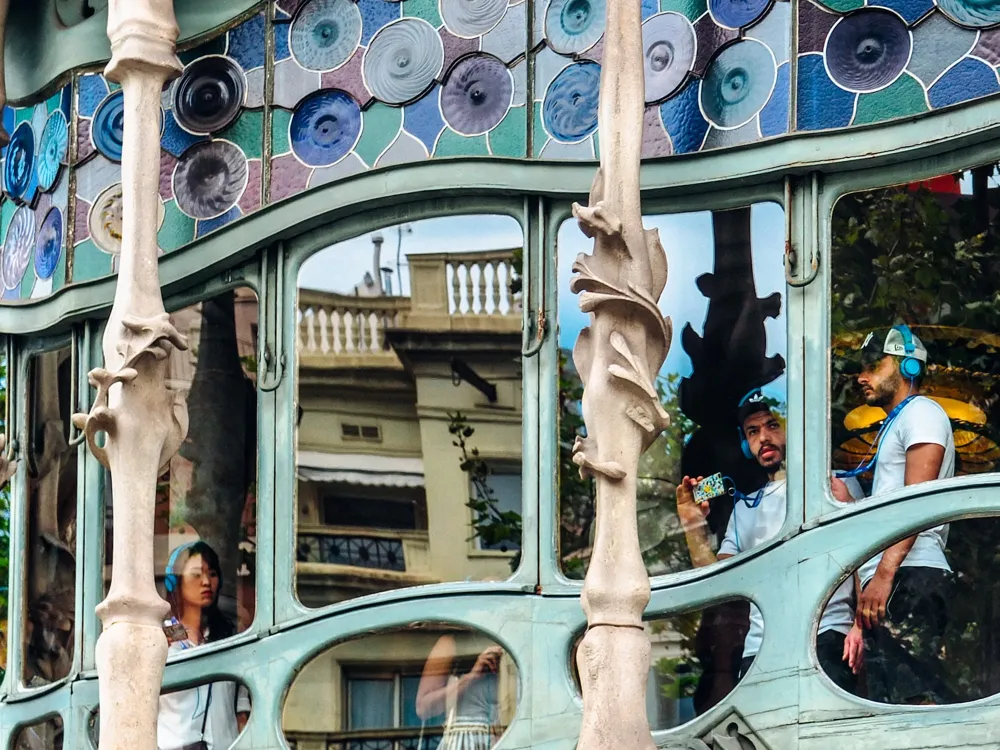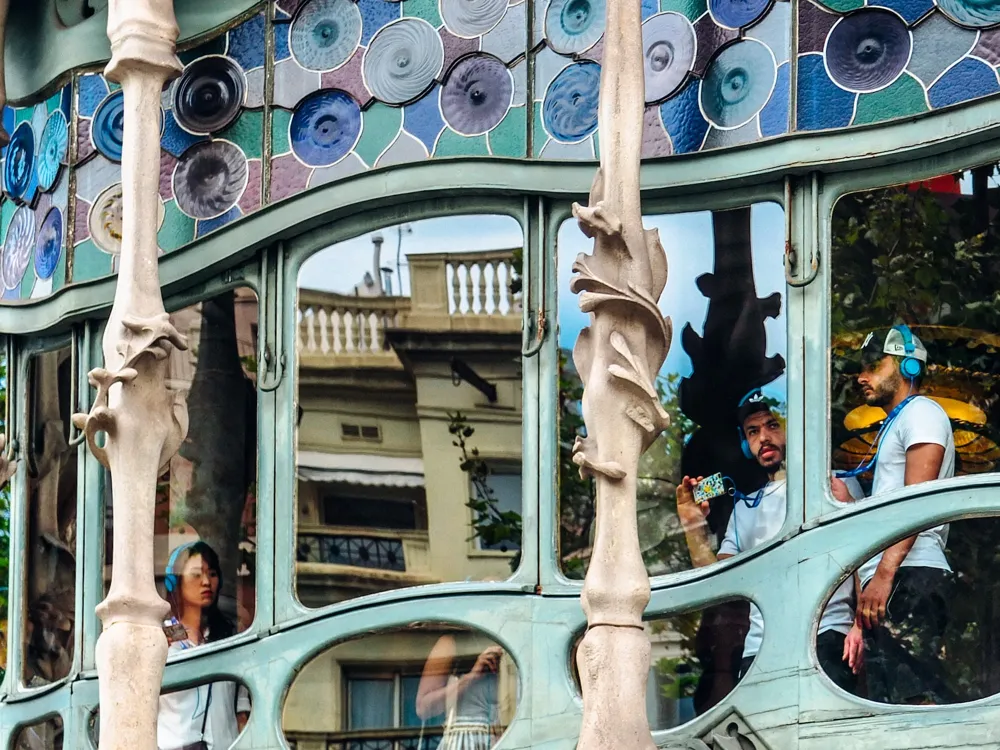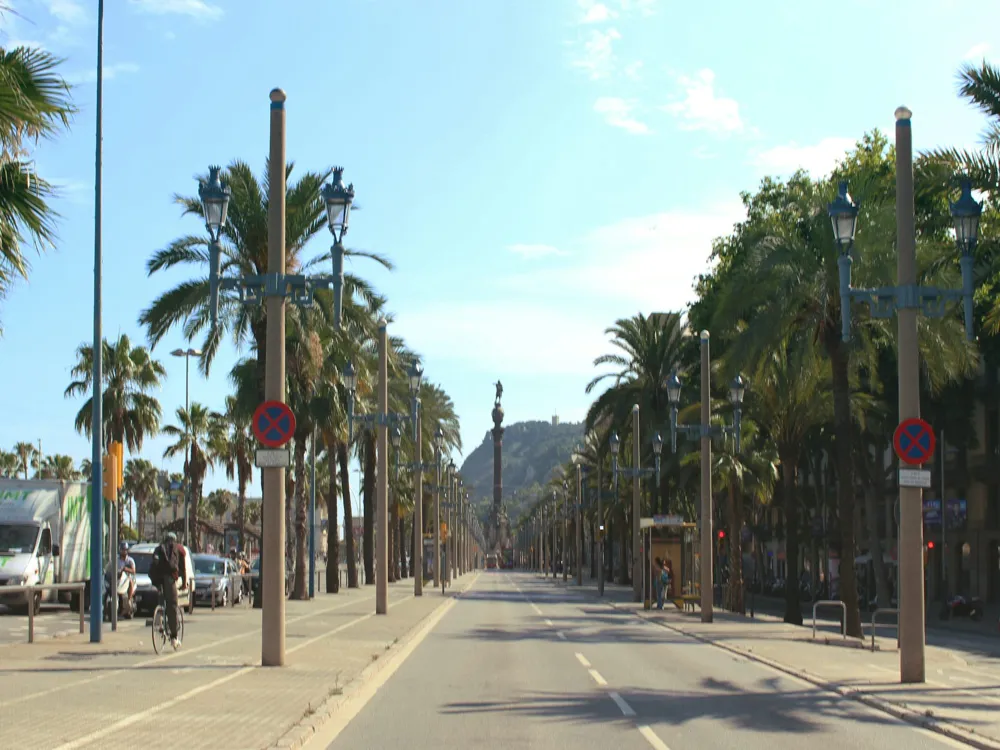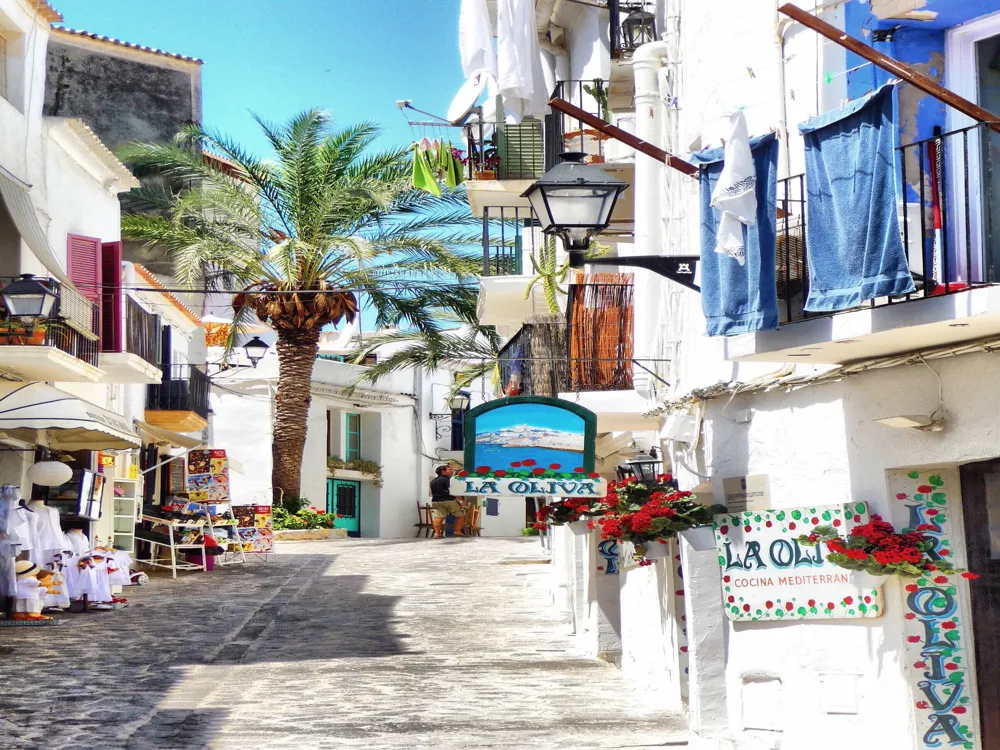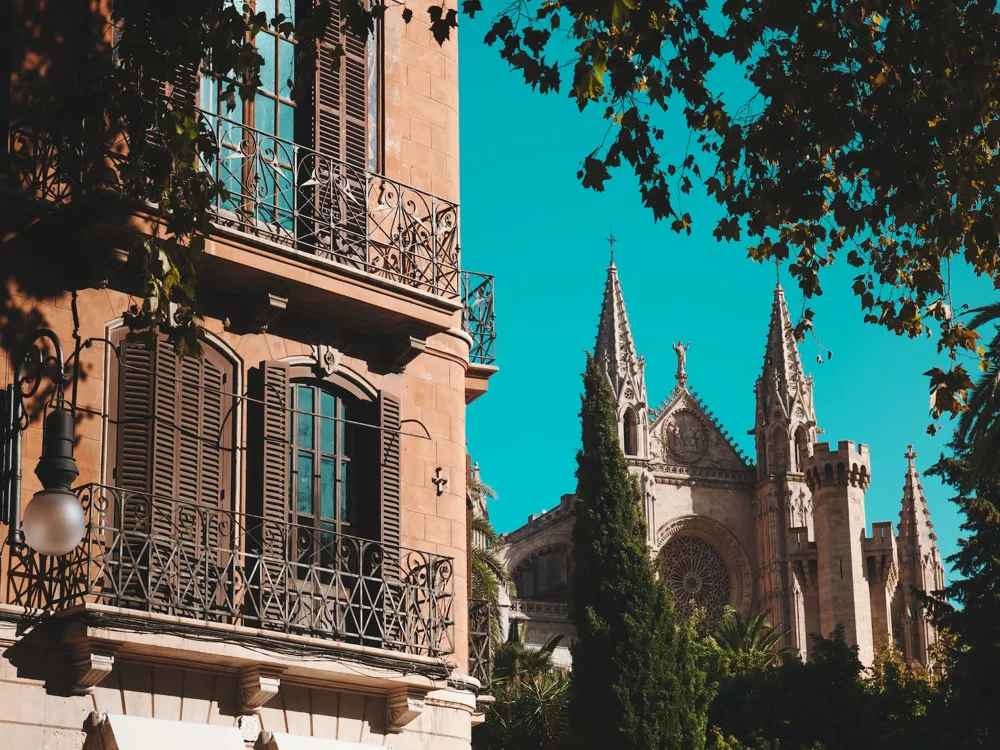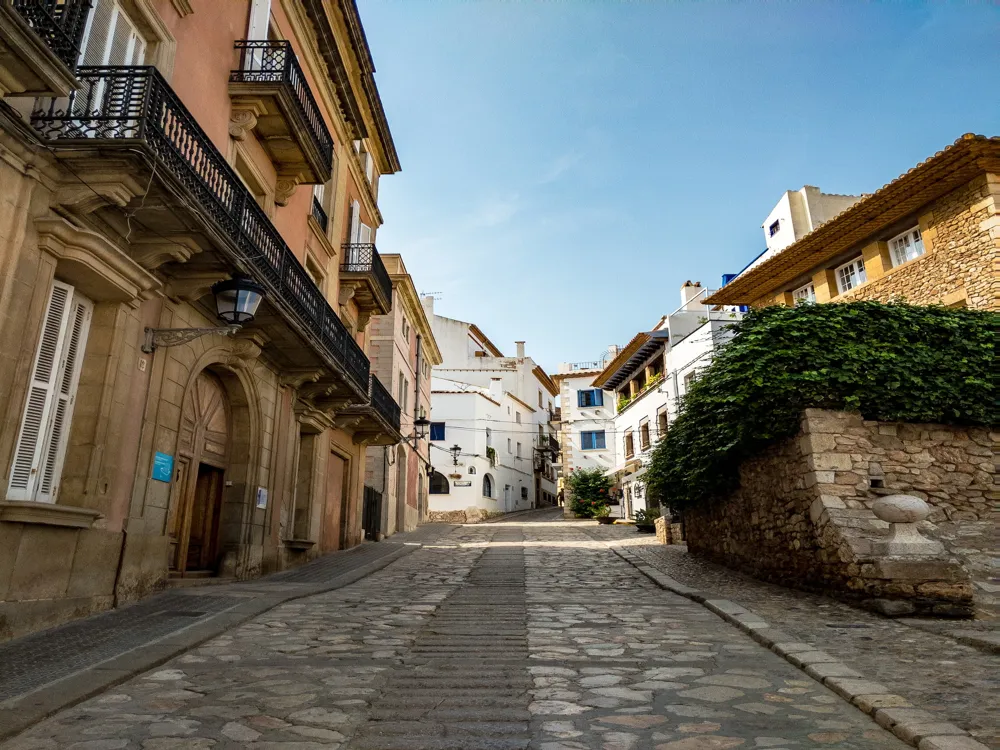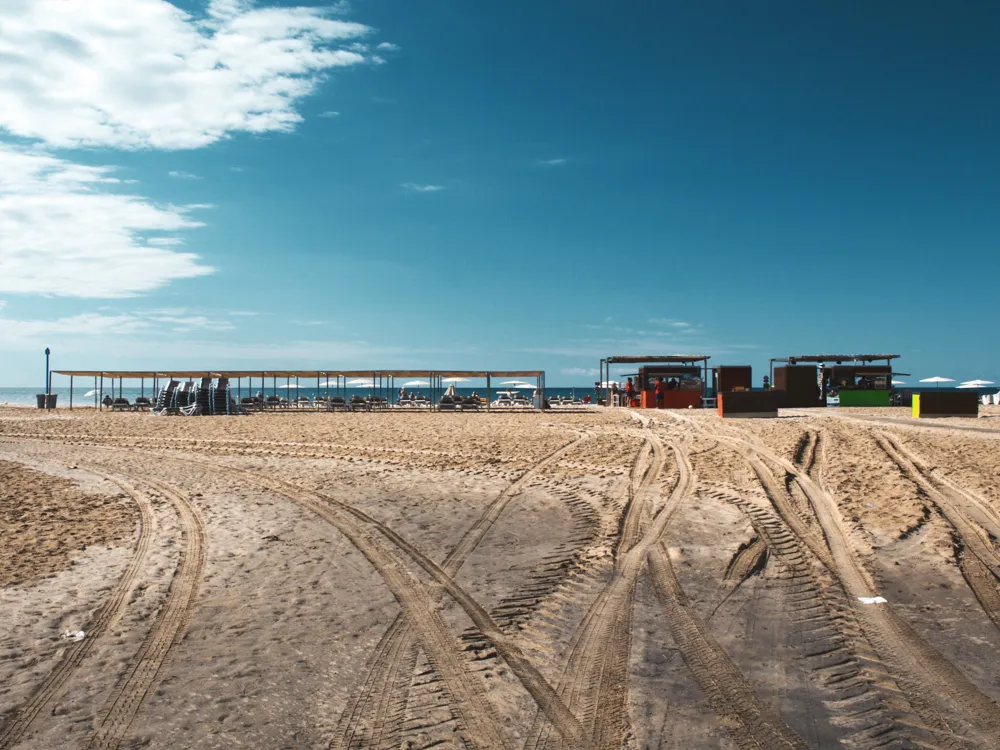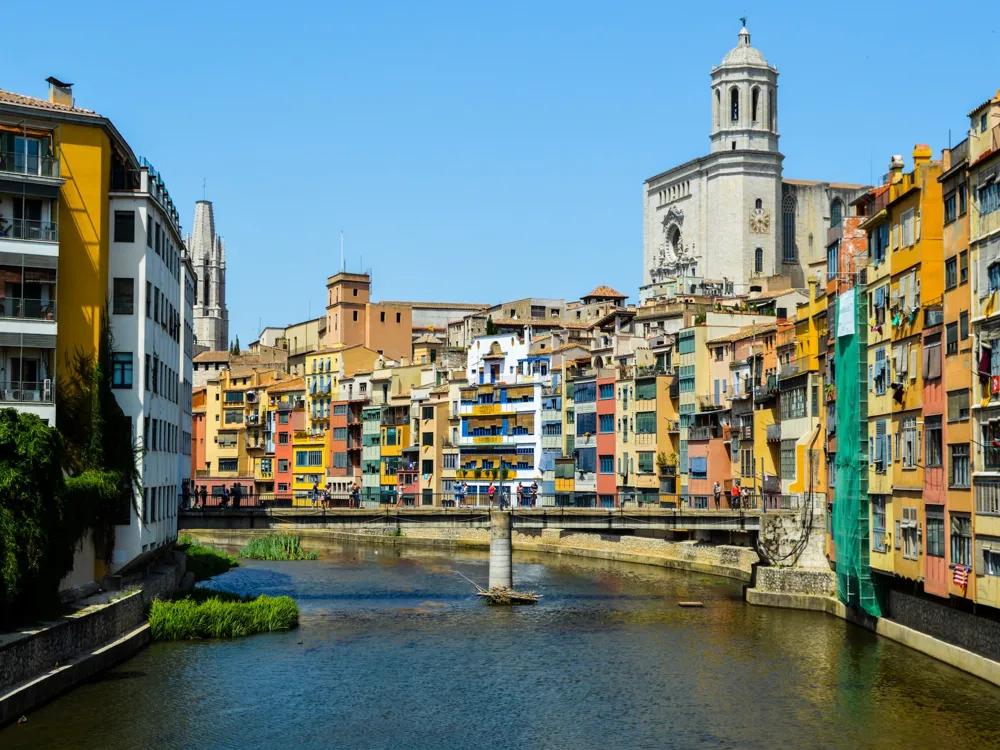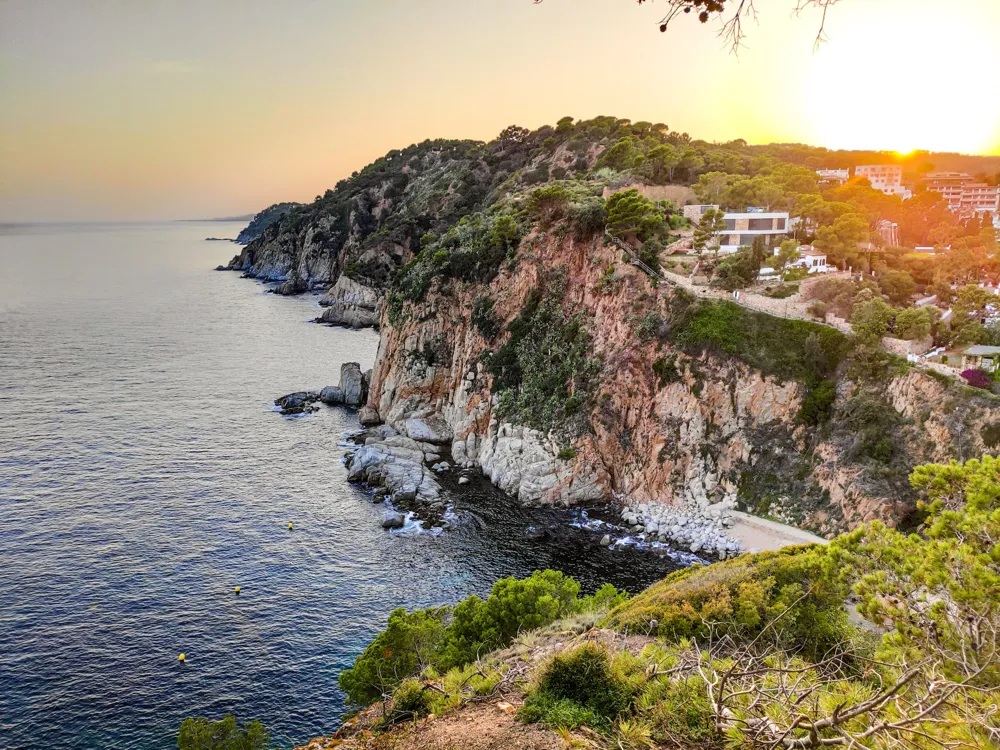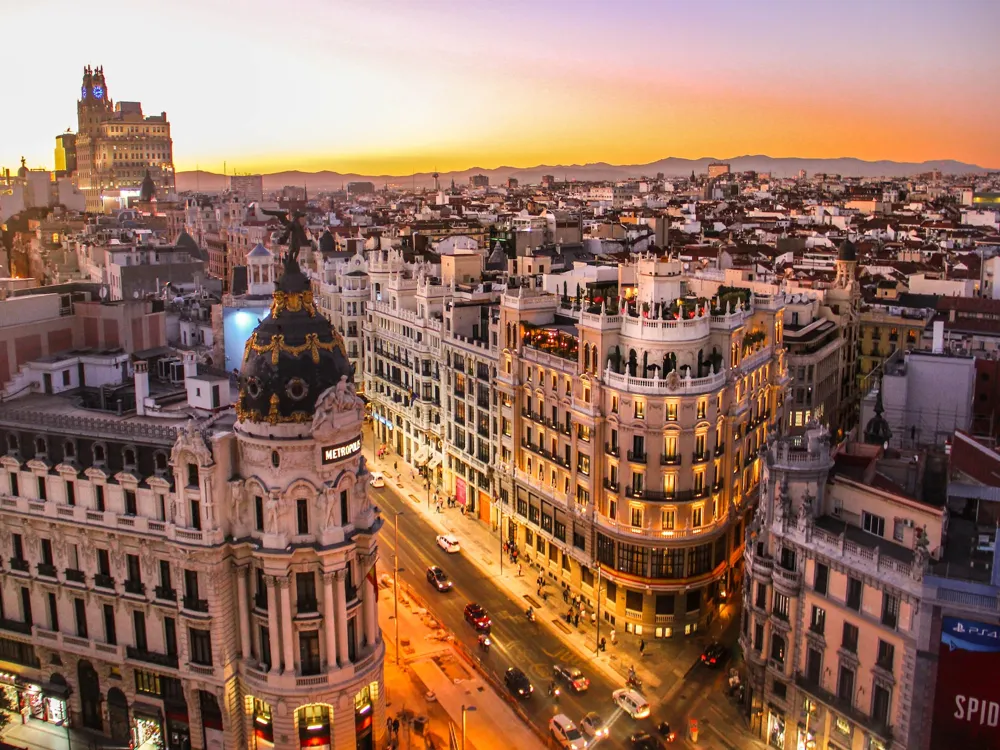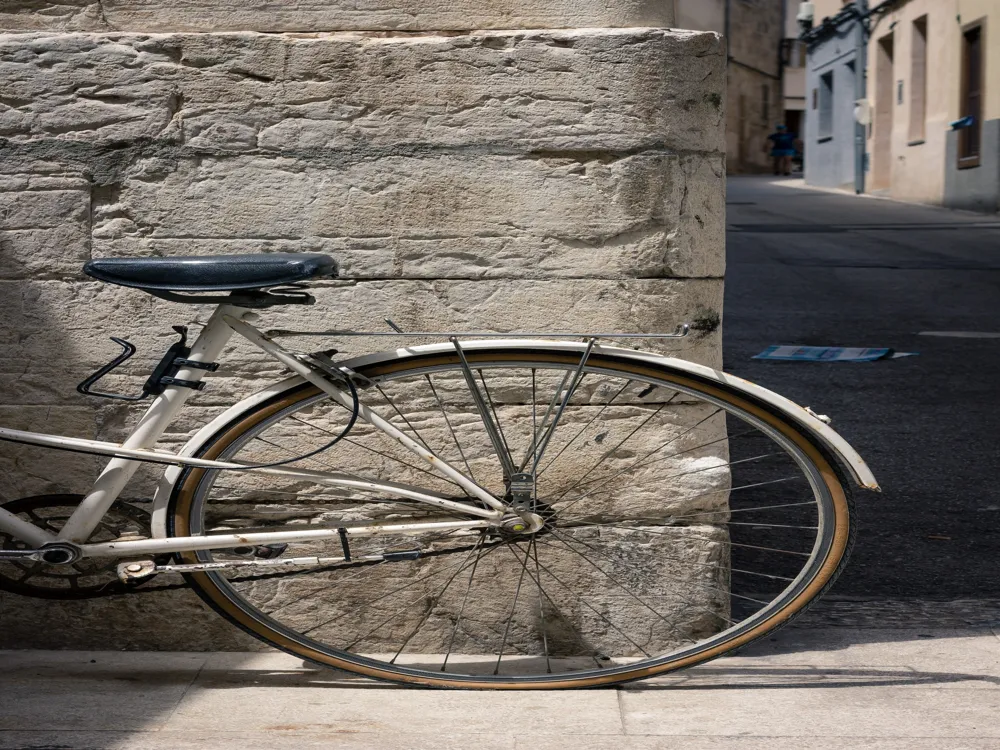Nestled in the heart of Barcelona, the Santa Maria del Pi is a beacon of Gothic architecture and a testament to the city's rich history. This majestic church, dating back to the 14th century, stands proudly in the Barri Gòtic (Gothic Quarter), drawing visitors from around the world. Its name, translating to 'Saint Mary of the Pine Tree,' is inspired by a pine tree that once stood nearby. The church's history is intertwined with Barcelona's evolution, mirroring the city's triumphs and tribulations through centuries.
Santa Maria del Pi is renowned for its awe-inspiring Gothic architecture. The church's façade, characterized by a large rose window, is a stunning example of Gothic design. This window is one of the world's largest of its kind, illuminating the interior with a kaleidoscope of light. The church's interior is equally striking, with its vast, column-free space creating a sense of openness and grandeur. The simplicity of the design, free from the ornate decorations often found in Gothic structures, emphasizes the beauty of its architectural lines and the play of light within.
Over the years, Santa Maria del Pi has played a significant role in Barcelona's cultural and social life. It has witnessed important historical events, served as a meeting place for locals, and been a center for artistic expression. Today, it continues to be an active place of worship and a hub for cultural activities, including concerts and exhibitions. The church's blend of historical significance, architectural beauty, and vibrant cultural life makes it a must-visit destination in Barcelona.
The architectural grandeur of Santa Maria del Pi is a marvel to behold. As a prime example of Catalan Gothic style, the church exemplifies the era's architectural principles - a harmonious blend of structure and aesthetics. The church was designed to create an impressive sense of height and space, achieved through slender columns and a towering central nave. The nave's height is accentuated by the absence of side aisles, a distinctive feature of Catalan Gothic design.
The façade of Santa Maria del Pi is dominated by its remarkable rose window, a masterpiece of Gothic craftsmanship. Measuring over 10 meters in diameter, the window is adorned with intricate tracery and colorful stained glass, creating a mesmerizing effect. Below the rose window, the church's main portal is equally impressive, featuring detailed sculptures and Gothic motifs. The church's bell tower, standing at over 50 meters tall, offers panoramic views of the city and is an iconic part of Barcelona's skyline.
Inside, the church's layout is simple yet elegant. The single, wide nave is flanked by chapels, each with its own unique artistic and historical significance. The vaulted ceiling, supported by slender columns, soars above, creating a sense of openness and lightness. The use of natural light is a key element of the church's design, with the rose window and other smaller windows allowing sunlight to filter in, creating a serene and contemplative atmosphere.
The best time to visit Santa Maria del Pi is during the spring or fall, when Barcelona's weather is mild and the tourist crowds are smaller. Early mornings or late afternoons are ideal for a more peaceful experience.
Consider taking a guided tour to fully appreciate the church's history and architecture. Guides provide valuable insights and anecdotes that enhance the visiting experience.
As a place of worship, visitors should dress respectfully. Avoid wearing shorts or sleeveless tops. Also, maintain a respectful demeanor inside the church, keeping noise to a minimum.
Santa Maria del Pi is easily accessible by public transportation. The closest metro stations are Liceu (Line 3) and Jaume I (Line 4). Buses and taxis are also readily available. For those preferring to walk, the church is within walking distance from many central locations in Barcelona, such as Las Ramblas and Plaça de Catalunya.
Overview of Santa Maria del Pi
Architecture of Santa Maria del Pi
Tips When Visiting Santa Maria del Pi
Best Time to Visit
Guided Tours
Dress Code and Etiquette
How To Reach Santa Maria del Pi
Santa Maria del Pi
Barcelona
₹ 35,693 onwards
View barcelona Packages
Weather :
Tags : Church & Cathedral
Timings : Monday - Saturday: 11:00 AM - 6:00 PM
Entry Fee : Guided climb to the bell tower + Free visit to church + Treasure + Museum + Garden + Crypt
General Admission: EUR 10.00
Reduced: EUR 8.00 (Students under 25 and retirees over 65)
The bell tower is not accessible to children under 8 years.
The ascents to the bell tower start at 12:00 PM and at 4:30 PM.
Church + Museum
General Admission: EUR 5.00
Reduced: EUR 4.00 (Students under 25 and retirees over 65)
School groups: EUR 3.00
Planning a Trip? Ask Your Question
Also Refered As:
Santa Maria del Pino
Barcelona Travel Packages
View All Packages For Barcelona
Top Hotel Collections for Barcelona

Private Pool

Luxury Hotels

5-Star Hotels

Pet Friendly
Top Hotels Near Barcelona
Other Top Ranking Places In Barcelona
View All Places To Visit In barcelona
View barcelona Packages
Weather :
Tags : Church & Cathedral
Timings : Monday - Saturday: 11:00 AM - 6:00 PM
Entry Fee : Guided climb to the bell tower + Free visit to church + Treasure + Museum + Garden + Crypt
General Admission: EUR 10.00
Reduced: EUR 8.00 (Students under 25 and retirees over 65)
The bell tower is not accessible to children under 8 years.
The ascents to the bell tower start at 12:00 PM and at 4:30 PM.
Church + Museum
General Admission: EUR 5.00
Reduced: EUR 4.00 (Students under 25 and retirees over 65)
School groups: EUR 3.00
Planning a Trip? Ask Your Question
Also Refered As:
Santa Maria del Pino
Barcelona Travel Packages
View All Packages For Barcelona
Top Hotel Collections for Barcelona

Private Pool

Luxury Hotels

5-Star Hotels

Pet Friendly







